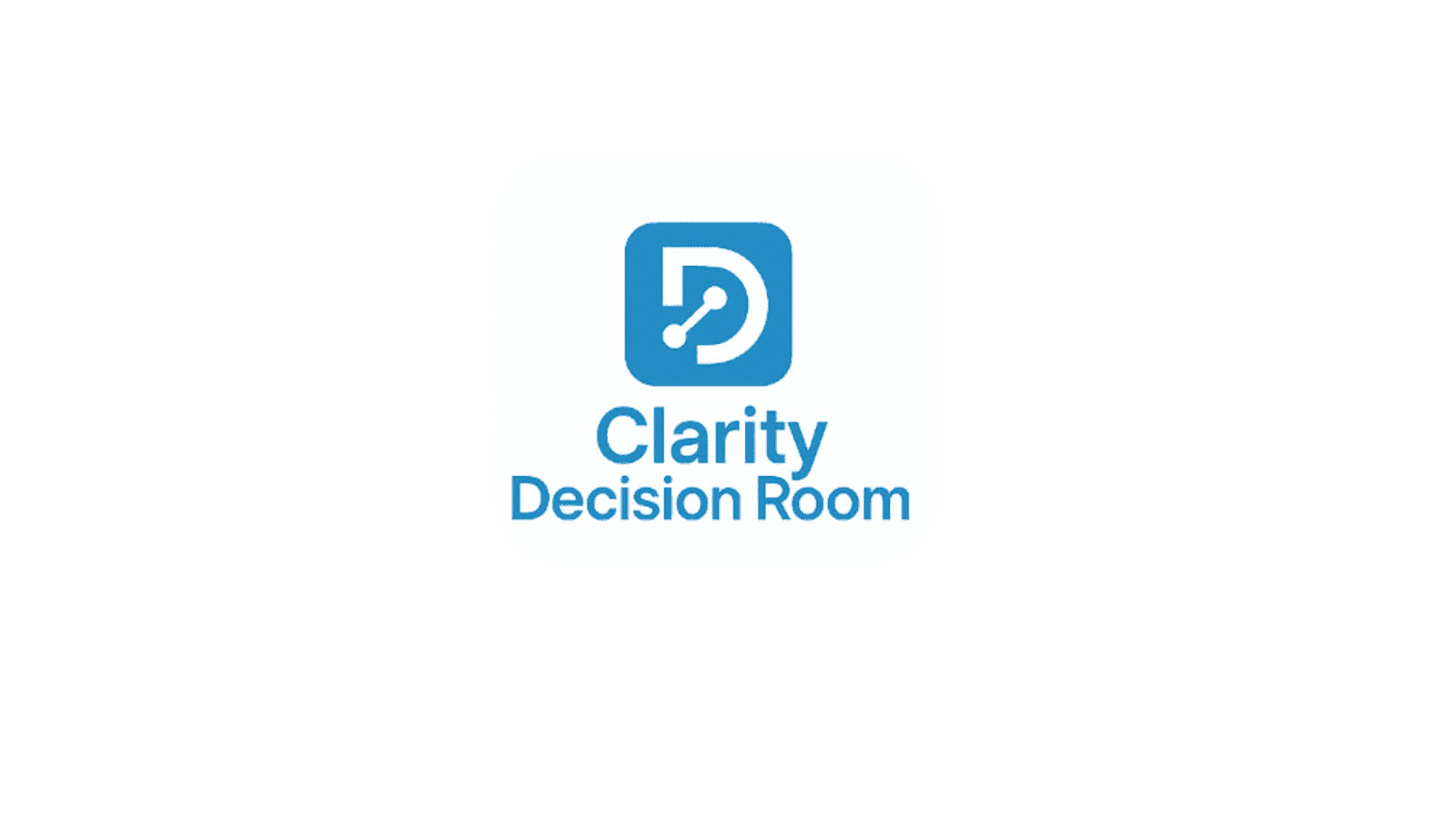Better decisions begin with better thinking. And better thinking begins with recognizing what’s getting in the way.
Share Our Newsletter | Take our Executive Insight Survey
Decisions aren’t always about data—they’re about how we interpret it. And that interpretation is often clouded by logical missteps, also known as fallacies. These subtle errors in reasoning can derail smart strategies, cloud judgment, and create tension in conversations—without us even realizing it.
These fallacies show up in everyday decisions—sometimes quietly, sometimes loudly. Recognizing when they’re happening and knowing how to navigate around them can make all the difference, especially when the stakes are high.
My twins are graduating from high school this year, and I was talking to my mom about flying out to attend. She said, "There’s too much going on with planes." Based on recent news, she has decided to skip the graduation.
Her reasoning? A few plane crashes meant that all flying was unsafe.
She isn’t wrong that planes sometimes crash. But the number she was reacting to wasn’t the one that mattered. The more specific—and relevant—question was this: How many commercial airplanes carrying passengers have crashed in the U.S., resulting in serious injury or death?
The answer? On average, about 28 incidents per year—out of over 10 million passenger flights.
This is a textbook example of the hasty generalization fallacy: drawing a broad conclusion from a small or unrepresentative sample. It’s a trap we all fall into when our emotions or limited experience cloud our judgment.
So how did I respond? I asked a better question and searched for the information that matched the actual risk—not just the headlines. That’s the kind of critical thinking we need, especially when the stakes are personal or high-pressure.
Another fallacy I’ve had to work on personally is ad hominem—attacking the person making the argument rather than addressing the argument itself.
Sometimes, when someone I don’t particularly get along with starts speaking, I catch myself tuning out before they’ve even made their point. Maybe I find their delivery too aggressive or their tone off-putting. I’ve already decided I won’t agree with them—not because of what they’re saying, but because of who they are.
That’s a mistake. If someone has a valuable idea—something that could improve a process, solve a problem, or even make us money—then dismissing it because of past interactions isn’t just unfair. It’s unwise.
Listening with fresh ears, especially when personalities clash, is part of making informed, fair, and effective decisions.
In addition to hasty generalization and ad hominem, here are several more fallacies that often creep into decision-making:
Post Hoc Ergo Propter Hoc (False Cause): Assuming that because one event followed another, the first must have caused the second.
Example: “We launched the new product, and sales dropped. It must be the product.”
Appeal to Authority: Accepting a claim as true simply because an authority figure endorses it—without examining the evidence.
Example: “The CEO supports it, so it must be the right move.”
Appeal to Emotion: Using emotional reasoning instead of evidence to support a decision.
Example: “If we don’t do this, we’ll be failing our customers.”
Bandwagon Fallacy: Believing something is correct because it’s popular.
Example: “Everyone else is switching to this tool—we should, too.”
Sunk Cost Fallacy: Continuing an investment because of past efforts or spending, even when the path forward isn’t beneficial.
Example: “We’ve spent so much already, we can’t stop now.”
Avoiding fallacies starts with intention and self-awareness. One of the most helpful things you can do is enter decision-making spaces with the right mindset: calm, curious, and clear.
Reflection helps too. After a meeting or discussion, ask yourself—What did I actually hear? Was I reacting to the message or the messenger?
Check in with a colleague. What did they take away? Did they hear something you missed—or misinterpreted?
If you need more clarity before deciding, ask. It’s far better to make a thoughtful decision later than a poor one now.
Challenge your first impression—especially when it comes from emotion, assumption, or past conflict. The most useful decisions often come after slowing down, asking better questions, and creating space for better answers.
Whether it’s a worried parent, a colleague in a meeting, or your own inner critic, recognizing fallacies when they appear can make you a stronger, more informed decision-maker.
Fallacies aren’t just intellectual errors—they’re often emotional defaults. But with awareness, curiosity, and the willingness to pause before we decide, we can sidestep them.
Better decisions begin with better thinking. And better thinking begins with recognizing what’s getting in the way.
